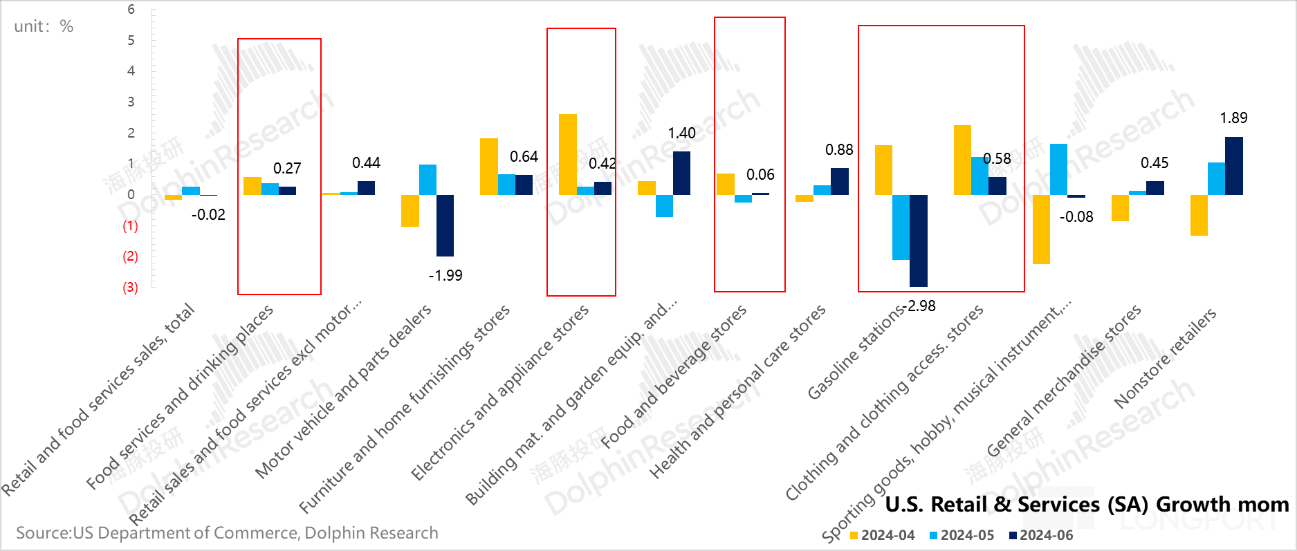### How to Find Interest on Loan: A Comprehensive Guide to Understanding Loan Interest Rates
When it comes to borrowing money, understanding how to find interest on a loan is crucial for making informed financial decisions. Whether you're considerin……
When it comes to borrowing money, understanding how to find interest on a loan is crucial for making informed financial decisions. Whether you're considering a mortgage, personal loan, or auto loan, knowing how interest is calculated can save you a significant amount of money over time. In this article, we will delve into the various methods to calculate loan interest, the factors that influence interest rates, and tips to secure the best possible rate.
#### Understanding Loan Interest
Loan interest is essentially the cost of borrowing money, expressed as a percentage of the principal amount. Lenders charge interest to compensate for the risk of lending, as well as to cover their own operational costs. The two primary types of interest are fixed and variable. Fixed interest rates remain constant throughout the loan term, while variable rates can fluctuate based on market conditions.
#### How to Calculate Loan Interest
To understand how to find interest on a loan, you need to familiarize yourself with the different methods of calculation. The most common method is the simple interest formula:
\[
\text{Simple Interest} = P \times r \times t
\]
Where:
- **P** = Principal amount (the initial amount borrowed)
- **r** = Annual interest rate (in decimal form)

- **t** = Time (in years)
For example, if you borrow $10,000 at an annual interest rate of 5% for 3 years, the simple interest would be:
10,000 \times 0.05 \times 3 = 1,500
Thus, you would owe $11,500 at the end of the loan term.
Another common method is the compound interest formula, which is more applicable for loans with compounding interest:
A = P \left(1 + \frac{r}{n}\right)^{nt}
- **A** = the amount of money accumulated after n years, including interest.
- **n** = the number of times that interest is compounded per year.

Understanding these formulas is essential for calculating how much you will pay in interest over the life of a loan.
#### Factors Influencing Loan Interest Rates
Several factors influence the interest rate you may receive on a loan. These include:
1. **Credit Score**: A higher credit score typically results in lower interest rates, as lenders view you as a lower risk.
2. **Loan Amount**: Larger loans may have different interest rates compared to smaller loans.
3. **Loan Term**: Shorter loan terms usually come with lower interest rates, while longer terms may have higher rates.
4. **Market Conditions**: Economic factors, such as inflation and central bank policies, can affect interest rates.
#### Tips for Finding the Best Interest Rates

To secure the best interest rates on your loan, consider the following tips:
- **Shop Around**: Don’t settle for the first offer you receive. Compare rates from multiple lenders to find the best deal.
- **Improve Your Credit Score**: If possible, take steps to improve your credit score before applying for a loan.
- **Consider a Co-Signer**: Having a co-signer with a good credit history can sometimes help you secure a better rate.
- **Negotiate**: Don’t hesitate to negotiate the terms of your loan with lenders. They may be willing to offer you a better rate.
#### Conclusion
Knowing how to find interest on a loan is an invaluable skill that can lead to significant savings. By understanding the various methods of calculating interest, the factors that influence rates, and how to secure the best offers, you can make informed decisions that align with your financial goals. Remember, the more you educate yourself about loan interest, the better positioned you'll be to navigate the borrowing landscape effectively.